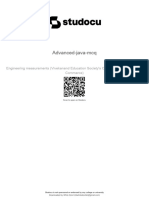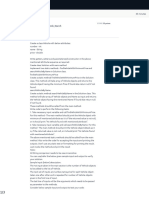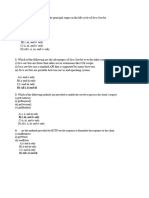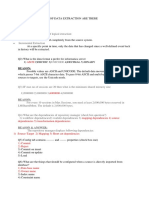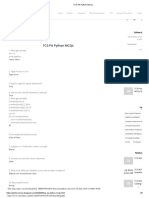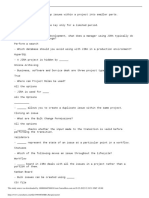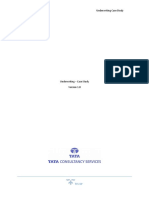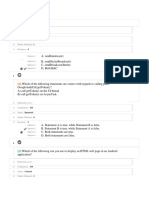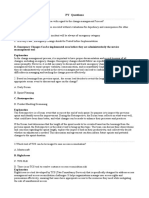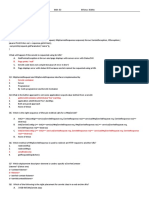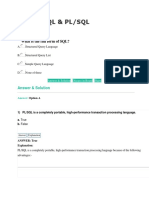0% found this document useful (0 votes)
1K views6 pagesPLSQL MCQ Quiz
The document contains 30 multiple choice questions about PL/SQL and SQL. It covers topics like common SQL commands (SELECT, INSERT, CREATE TABLE), SQL datatypes, database concepts (table, record, key), characteristics of a DBMS (data redundancy, relations), and features of PL/SQL like blocks and datatypes. Each question is followed by 4 possible answers with the correct answer indicated at the end in bold.
Uploaded by
shivendra tiwariCopyright
© © All Rights Reserved
We take content rights seriously. If you suspect this is your content, claim it here.
Available Formats
Download as PDF, TXT or read online on Scribd
0% found this document useful (0 votes)
1K views6 pagesPLSQL MCQ Quiz
The document contains 30 multiple choice questions about PL/SQL and SQL. It covers topics like common SQL commands (SELECT, INSERT, CREATE TABLE), SQL datatypes, database concepts (table, record, key), characteristics of a DBMS (data redundancy, relations), and features of PL/SQL like blocks and datatypes. Each question is followed by 4 possible answers with the correct answer indicated at the end in bold.
Uploaded by
shivendra tiwariCopyright
© © All Rights Reserved
We take content rights seriously. If you suspect this is your content, claim it here.
Available Formats
Download as PDF, TXT or read online on Scribd
/ 6




